For jet-setting fur-parents, we understand how heartbreaking to leave your pets behind while you go on one vacation after another. But did you know it’s actually paw-sible to bring your furbaby along on your next trip out of town?

There’s more to it than just loading them in the backseat and hoping for the best, however. To keep your four-legged BFF safe and comfortable throughout the entire journey — and to rid yourself of the anxiety of making sure they’re okay — read these tips before setting off on your adventure.
1. Do your research.

If you’ll be travelling by plane, inquire with your airline beforehand about their pet policies. Will they allow your pet in the cabin, or does your pooch have to stay in the cargo hold? Make sure you comply with the specific type of travel carrier requested by the airline to ensure your pup is allowed on board, and gets to your destination safe and sound.
2. Make sure to visit the vet before your scheduled trip.
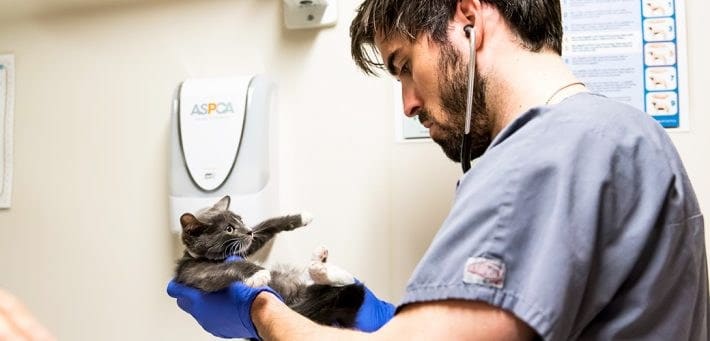
It might not be necessary, but have your vet issue a health certificate anyway stating your furbaby is in tip-top shape. It doesn’t cost too much, and well, better to be safe than sorry. The document will state that all your pet’s shots and vaccinations are up to date and they’re able to travel.
3. Outfit your pets with proper identification.
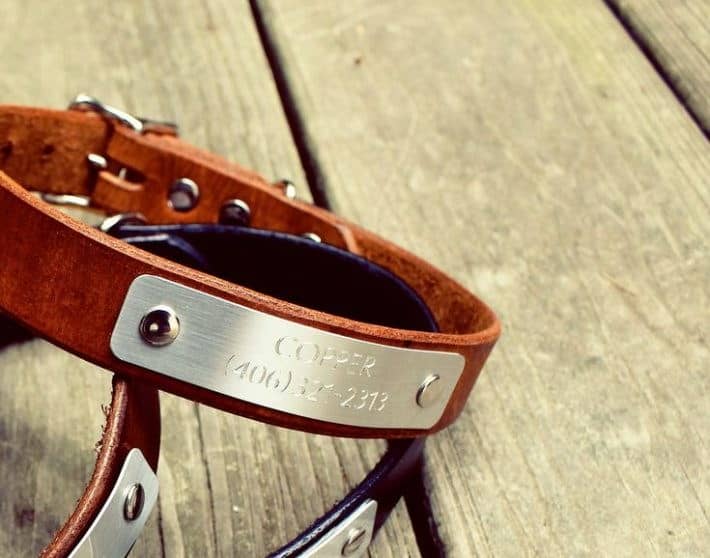
I can’t stress enough how important this is. No matter how careful you are, there’s always a chance that your pet might wander too far and get lost. Fitting your pets with ID tags before setting out is the surest way they’ll find their way back to you. For more permanent identification options, ask your vet if they could install a microchip or have your pooch tattooed with the National Dog Registry.
4. Don’t forget to bring water and ice.
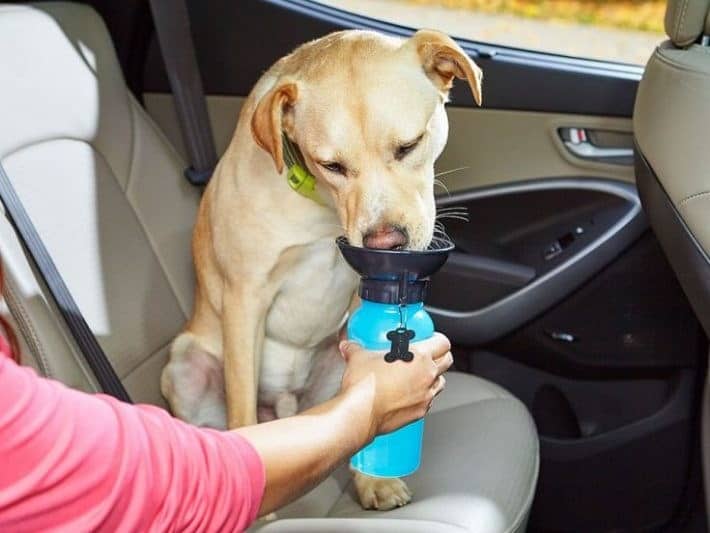
Aside from bringing along extra food for your pet, be sure you have adequate water and/or ice, too. Your dog or cat needs to drink up from time to time, especially on hot summer days. Unexpected turns and delays are a part of traveling, so it’s best to be prepared ahead of time.
5. Don’t let your dog hang his or her head out the window.
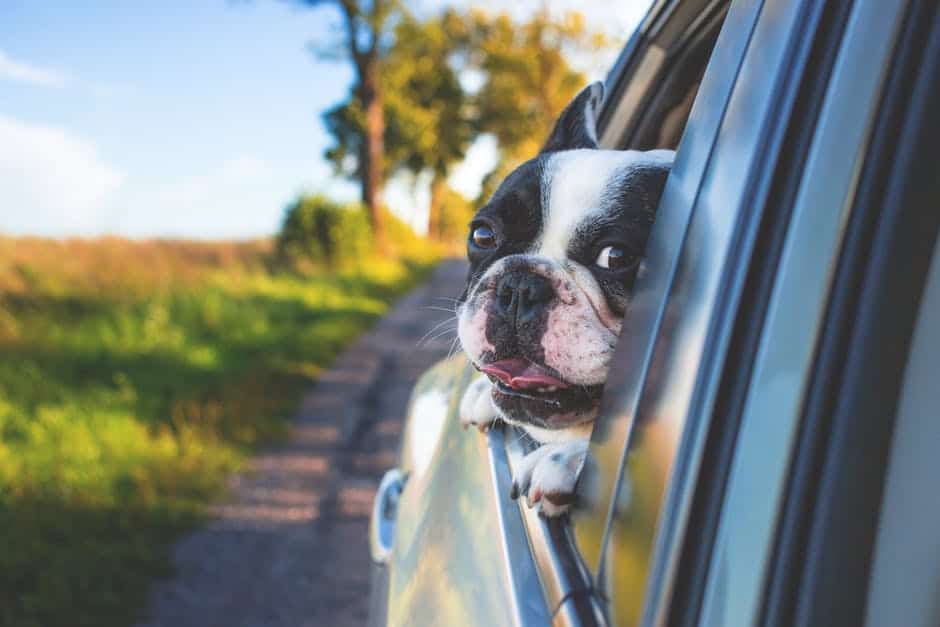
Though they always seem to do it in movies, in reality there are many dangers associated with dogs sticking their heads out the window of a moving car. Debris could fly at a high velocity into their eye, which coul end up causing major, irreparable damage. Even worse, your dog could jump or be thrown out of the vehicle in the event of a collision. If your pooch really can’t help but window-watch during car rides, you could try attching a pet-friendly, custom-fit welded steel mesh to enclose your fully opened passenger window. Usually, it comes with a protective shield that restricts the amount of breeze allowed on your dog’s or cat’s eyes.
6. If you’re travelling by boat, secure a flotation vest on your pet.
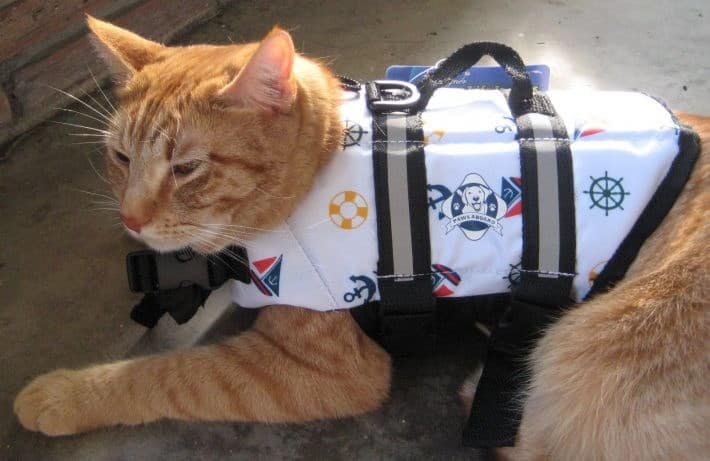
It’s a common misconception that all dogs are natural-born swimmers. But even if your pet does know how to swim, they also get tired and may easily drown. To make sure you both have fun in the water, strap them in life vests before letting them splash around. This is especially helpful for furbabies who are new to open water, as well as those who are prone to seizures and other medical problems.
7. Don’t let your pet ride in the bed of a pickup truck.

Having a pet, unrestrained or chained, on the bed of a pickup truck is simply irresponsible pet ownership. One abrupt stop could propel them into the street, or they could see a squirrel and jump off the truck. Chaining them by the collar will prove disastrous if the latter would happen. If you really must drive with your pet in the pickup bed, keep them safe inside a restrained crate.
8. Never leave your pooch alone in the car.

Never ever leave your pup alone in the car. Dogs can suffer from heat stroke and die when left inside parked cars, even on mildly warm days. Animals can succumb to heat stroke within just 15 minutes.
9. Prepare a pet travel kit.
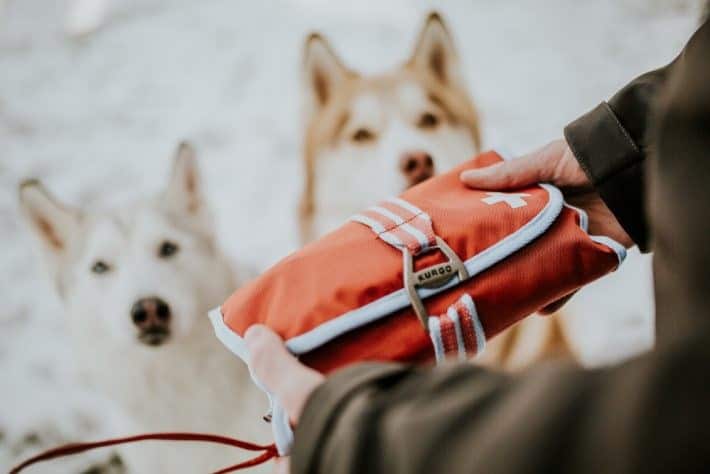
Make sure to pack a simple first aid kit for your pet before travelling. Include gauze, bandages, hydrogen peroxide to induce vomiting if necessary, and medicinal ointments. Research contact numbers of the nearest animal clinics or hospitals at your destination (and to be safe, even at every pit stop) and prepare your kit along with your pet’s medical records.
10. Find the best travel crate.
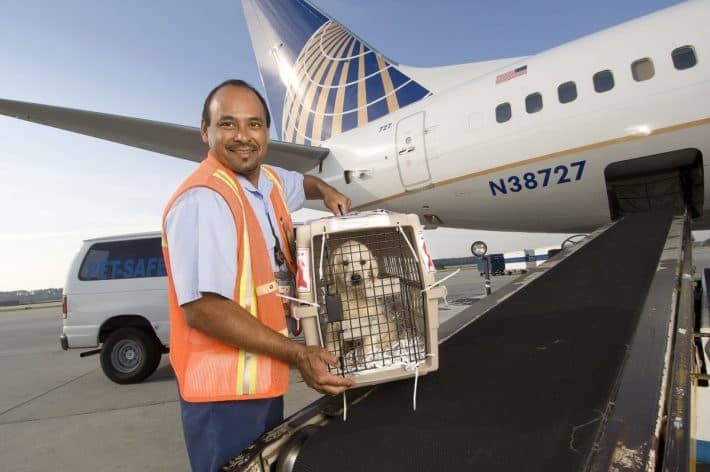
Hard plastic carriers are more versatile compared to fabric ones. It’s a good way to transport your dog because it’s safer, especially if you’re transporting or traveling your pet via air. Make sure your pet is accustomed to spending long hours inside such a small space by crate-training them for weeks before your expected date of travel.

Pets are basically part of our family, and it makes sense that we will want to include them in our travel plans. But their safety comes first before anything else, and you must be honest with yourself whether or not accompanying you really is the best option for your four-legged best friend. If you think their health or safety may be compromised in any way, perhaps it’s best to leave them with grandma and grandpa for a while.

